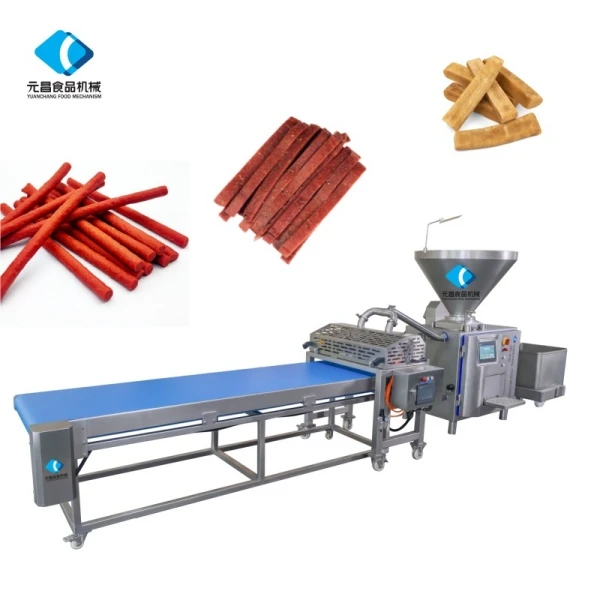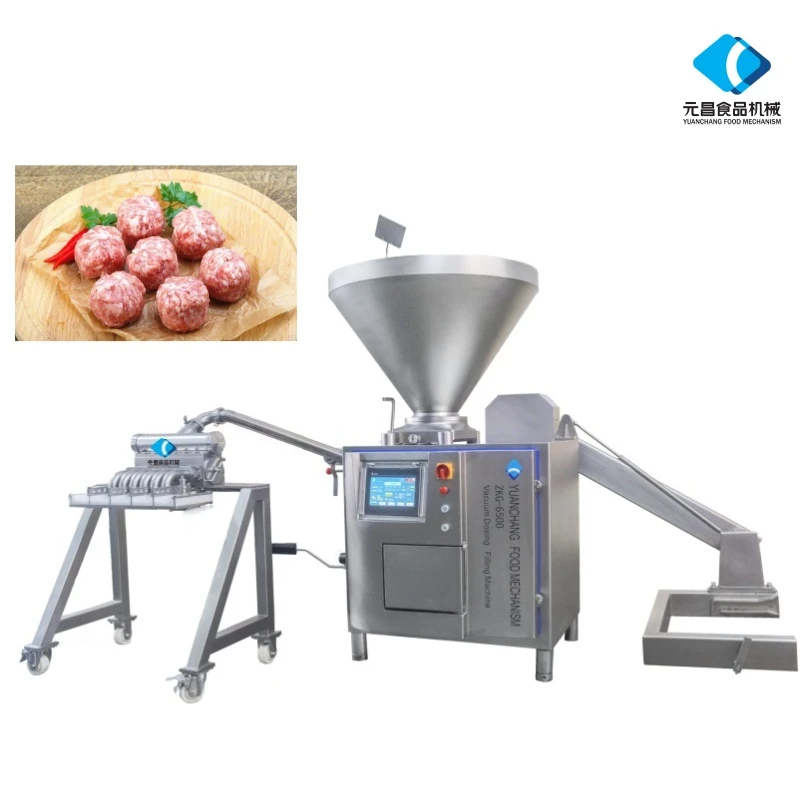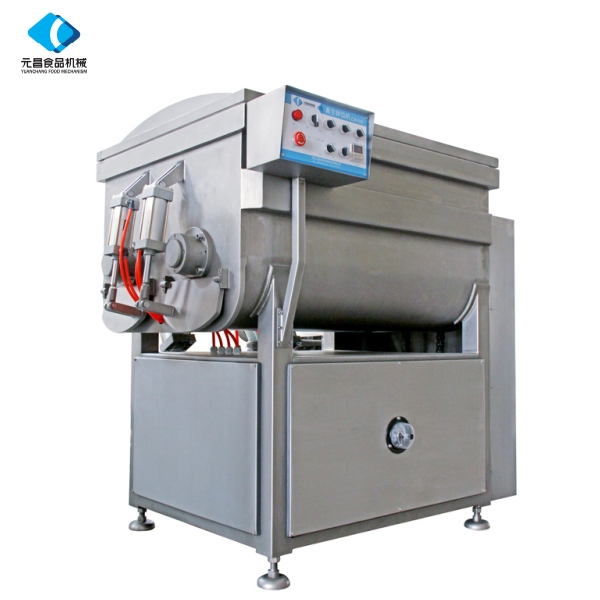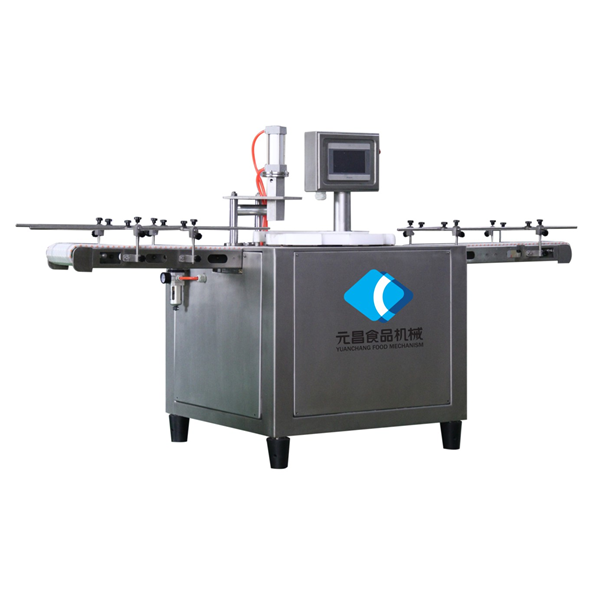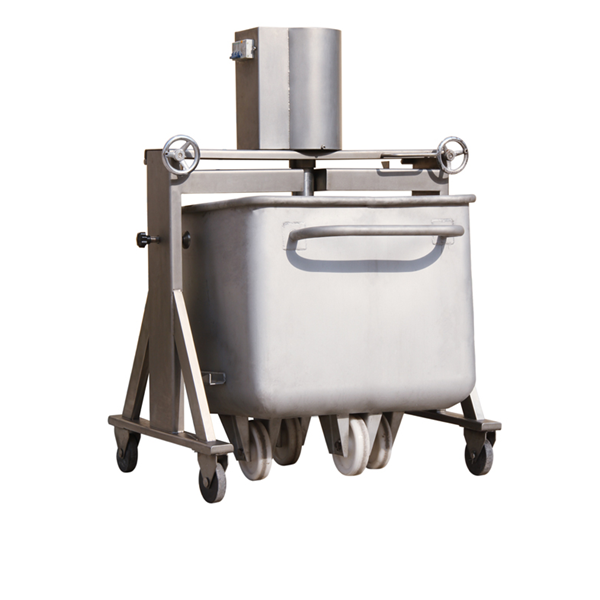- Afrikaans
- Albanian
- Amharic
- Arabic
- Armenian
- Azerbaijani
- Basque
- Belarusian
- Bengali
- Bosnian
- Bulgarian
- Catalan
- Cebuano
- chinese_simplified
- chinese_traditional
- Corsican
- Croatian
- Czech
- Danish
- Dutch
- English
- Esperanto
- Estonian
- Finnish
- French
- Frisian
- Galician
- Georgian
- German
- Greek
- Gujarati
- haitian_creole
- hausa
- hawaiian
- Hebrew
- Hindi
- Miao
- Hungarian
- Icelandic
- igbo
- Indonesian
- irish
- Italian
- Japanese
- Javanese
- Kannada
- kazakh
- Khmer
- Rwandese
- Korean
- Kurdish
- Kyrgyz
- Lao
- Latin
- Latvian
- Lithuanian
- Luxembourgish
- Macedonian
- Malgashi
- Malay
- Malayalam
- Maltese
- Maori
- Marathi
- Mongolian
- Myanmar
- Nepali
- Norwegian
- Norwegian
- Occitan
- Pashto
- Persian
- Polish
- Portuguese
- Punjabi
- Romanian
- Russian
- Samoan
- scottish-gaelic
- Serbian
- Sesotho
- Shona
- Sindhi
- Sinhala
- Slovak
- Slovenian
- Somali
- Spanish
- Sundanese
- Swahili
- Swedish
- Tagalog
- Tajik
- Tamil
- Tatar
- Telugu
- Thai
- Turkish
- Turkmen
- Ukrainian
- Urdu
- Uighur
- Uzbek
- Vietnamese
- Welsh
- Bantu
- Yiddish
- Yoruba
- Zulu
Jan . 21, 2025 03:54
Back to list
meat processing equipment
In the intricate world of artisanal and commercial food production, jerky processing equipment plays a pivotal role in ensuring efficiency, quality, and safety. The escalating demand for high-quality jerky has made investing in the right equipment more critical than ever. Understanding the nuances of this equipment can enhance production capabilities and align products with consumer expectations.
Hygiene and safety are paramount considerations in any food production facility. In this regard, jerky processing equipment is designed with food safety regulations at its core. Stainless steel constructions make equipment resilient and easy to clean, reducing the risk of contamination. Moreover, many modern machines incorporate Cleaning-In-Place (CIP) systems, which facilitate the cleaning process without disassembly, significantly minimizing downtime and operational interruptions. As technology continues to evolve, the integration of Internet of Things (IoT) with jerky processing equipment is becoming a game-changer. IoT-enabled machines allow operators to monitor and control equipment remotely, providing real-time data that can be used to optimize production processes and reduce operational costs. Predictive maintenance alerts ensure that potential equipment failures are identified and addressed before they impact production, further enhancing efficiency and reliability. Investing in high-quality jerky processing equipment is not merely a matter of increasing production capacity; it is about ensuring that every piece of jerky reflects the ethos and quality standards of the brand. Producers who leverage advanced equipment can enjoy a competitive edge by delivering superior products that appeal to discerning consumers. In conclusion, choosing the right jerky processing equipment requires a comprehensive understanding of the production goals and consumer expectations. By aligning equipment capabilities with these factors, producers can ensure that their jerky not only meets but exceeds industry standards. The commitment to quality, efficiency, and innovation in equipment selection and utilization undoubtedly paves the way for success in the competitive world of jerky production.
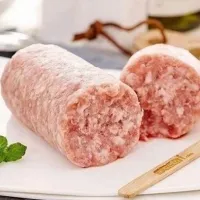
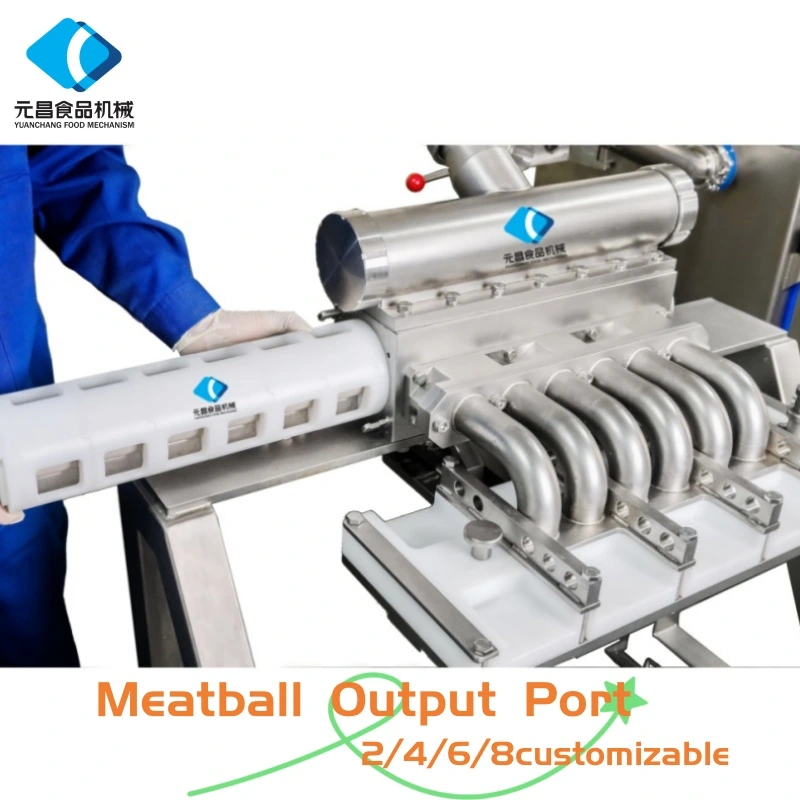
Hygiene and safety are paramount considerations in any food production facility. In this regard, jerky processing equipment is designed with food safety regulations at its core. Stainless steel constructions make equipment resilient and easy to clean, reducing the risk of contamination. Moreover, many modern machines incorporate Cleaning-In-Place (CIP) systems, which facilitate the cleaning process without disassembly, significantly minimizing downtime and operational interruptions. As technology continues to evolve, the integration of Internet of Things (IoT) with jerky processing equipment is becoming a game-changer. IoT-enabled machines allow operators to monitor and control equipment remotely, providing real-time data that can be used to optimize production processes and reduce operational costs. Predictive maintenance alerts ensure that potential equipment failures are identified and addressed before they impact production, further enhancing efficiency and reliability. Investing in high-quality jerky processing equipment is not merely a matter of increasing production capacity; it is about ensuring that every piece of jerky reflects the ethos and quality standards of the brand. Producers who leverage advanced equipment can enjoy a competitive edge by delivering superior products that appeal to discerning consumers. In conclusion, choosing the right jerky processing equipment requires a comprehensive understanding of the production goals and consumer expectations. By aligning equipment capabilities with these factors, producers can ensure that their jerky not only meets but exceeds industry standards. The commitment to quality, efficiency, and innovation in equipment selection and utilization undoubtedly paves the way for success in the competitive world of jerky production.
Previous:
Latest news
-
Glass Container with Plastic Vented Lid - Hebei Yuanchang Food Mechanism & Technology Co., Ltd.NewsAug.16,2025
-
Commercial Frozen Meat Slicer - Effortless & Precision CutsNewsAug.16,2025
-
Glass Container with Plastic Vented Lid - Hebei Yuanchang Food Mechanism & Technology Co., Ltd.NewsAug.16,2025
-
Glass Container with Plastic Vented Lid - Hebei Yuanchang Food Mechanism & Technology Co., Ltd.NewsAug.16,2025
-
Glass Container with Plastic Vented Lid - Hebei Yuanchang Food Mechanism & Technology Co., Ltd.|Durable Food Storage Solutions&Customizable DesignNewsAug.15,2025
-
Vacuum Bowl Cutter ZKZB-125: Food Processing Machine&304 Stainless SteelNewsAug.15,2025





